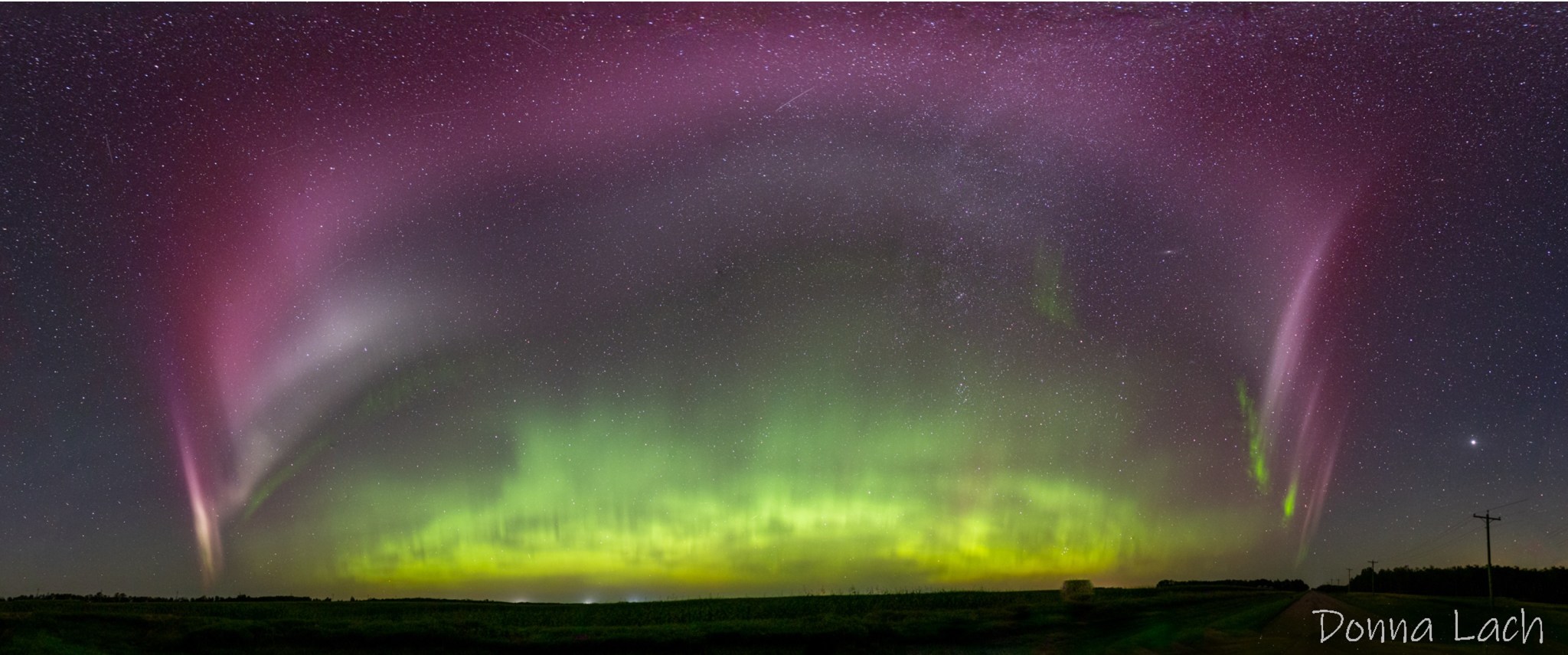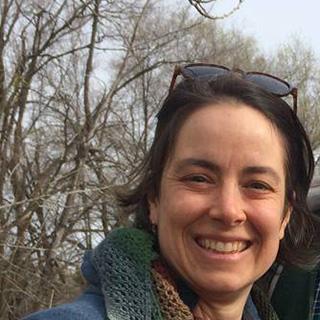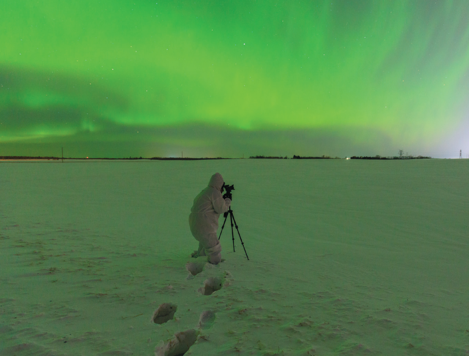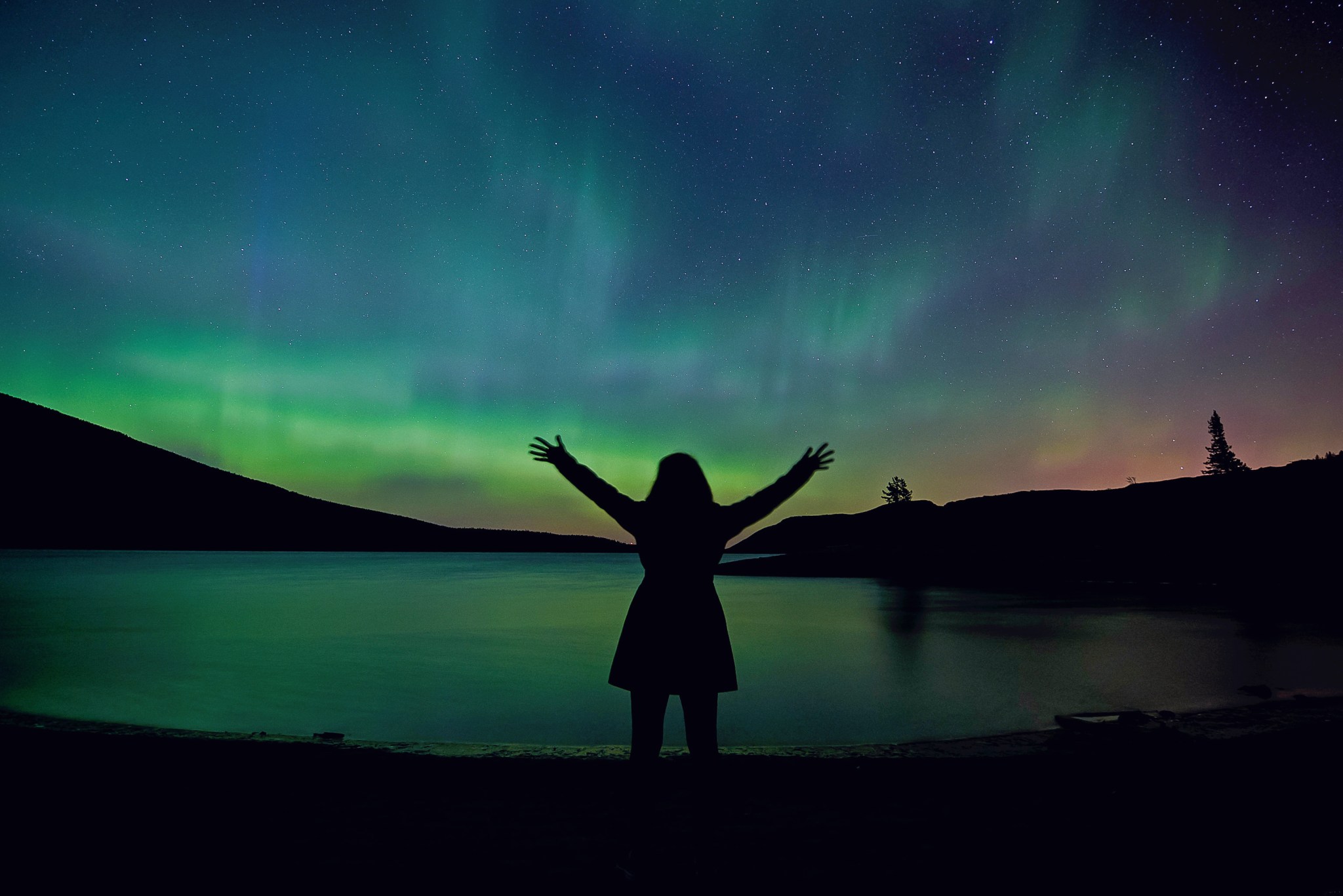Aurorasaurus
Auroras, sometimes called “northern lights” or “southern lights," are mesmerizingly beautiful. To scientists, auroras are also the visible manifestation of the solar wind - the flow of charged particles from the Sun - interacting with the magnetosphere of the Earth. Help track auroras around the world with the Aurorasaurus project! Each verified report of an aurora serves as a valuable data point for scientists who model these phenomena.
project task
Collecting data
division
Heliophysics
where
Mid to high latitudes to observe; online to classify
launched
2012
What you'll do
- Receive community alerts when the aurora is sighted near you.
- Take and share pictures of aurora.
- #DoNASAScience by helping to track rare auroras like STEVEs.
- Connect with scientists, other enthusiasts, and Aurorasaurus Ambassadors around the world.
Requirements
- Time: Once you’ve observed an aurora, reporting takes 5 min.
- Equipment:
- A smartphone or computer with internet connection
- A camera and tripod for photographing auroras (optional)
- Knowledge: None. Online training video provided.
Get started!
- Visit the project website.
- Click “Join us” or “Login” to sign in using your Facebook or Google account to receive free aurora alerts and our newsletter.
- When you see the aurora: Click the “Yes” button to report it.
- When you can’t see the aurora: Click the “No” button to make a report.
Learn More
If you’re new to aurora science, check out the guide to learning to talk like an aurora chaser! Then, check out the Learn page, the Aurorasaurus blog, and the Aurorasaurus YouTube channel for more about the science of auroras and space weather.
Activities are available for younger participants: for example, a card game that helps answer the surprisingly complicated question, "how can I see the aurora?".

Get to know the people of Aurorasaurus!



































